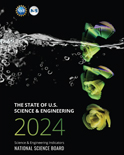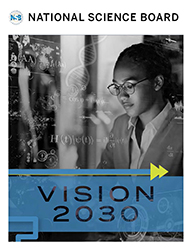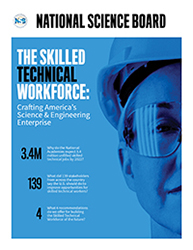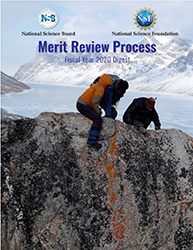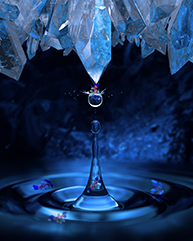G. Peter Lepage
Biography

|
Physics B.Sc., McGill University, 1972 M.A.St., University of Cambridge, 1973 Ph.D., Stanford University, 1978 |
Born in Canada, Peter Lepage earned his B.Sc. in physics at McGill University, an M.A.St. in theoretical physics at the University of Cambridge, and his Ph.D. in physics at Stanford University. After graduating from Stanford, he moved to Cornell University, where he has been a post-doc, chair of the Physics Department, and dean of the College of Arts and Sciences. He is currently the Goldwin Smith Professor of Physics at Cornell.
Lepage's research has focused on the application of techniques drawn from quantum field theory and particle physics to novel problems in particle physics, computational quantum field theory, high-precision atomic physics and QED, condensed matter physics, and nuclear physics. His recent work has used large-scale numerical simulations to analyze very nonlinear processes in QCD that are central to high-precision experiments testing the Standard Model of particle physics. These are among the most accurate calculations in the history of strong interaction physics.
Lepage has had a long-standing interest in physics pedagogy. At Cornell, he has taught at all levels of the physics curriculum. Recently he co-chaired a working group for the President's Council of Advisors on Science and Technology (PCAST) on STEM teaching at colleges and universities. This led to a PCAST report, Engage to Excel, in early 2012. Lepage is also a member of the Technical Advisory Board for the Association of American Universities' Undergraduate STEM Education Initiative.
Lepage has been a Sloan and Guggenheim Fellow. He is a Fellow of the American Physical Society (APS) and a Fellow of the American Academy of Arts and Sciences. He has served as an editor for APS's Physical Review Letters, and Physical Review D, and was recognized by the APS as an Outstanding Referee. He has served on the scientific program committees for the Stanford Linear Accelerator Center, the DOE/NSF National Computational Infrastructure for Lattice Gauge Theory, the NSF's Institute for Nuclear Theory in Seattle, the international Particle Data Group, and the NSF's Institute for Theoretical Physics in Santa Barbara.
